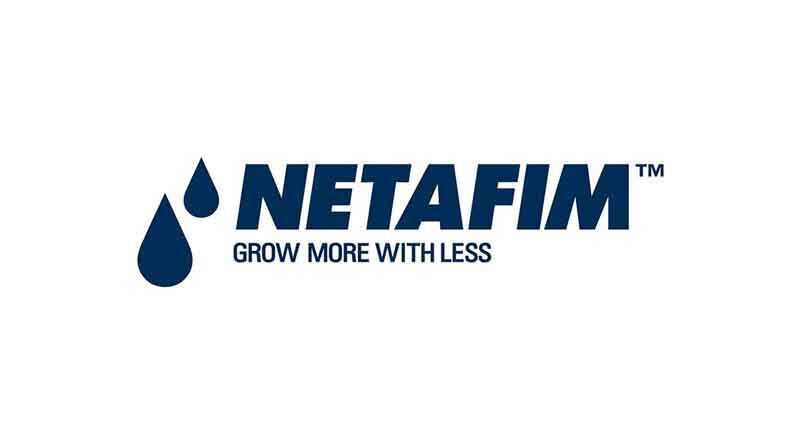Singatalur Lift Irrigation Drip Scheme enables Maize farmers to get higher yields with reduced input costs
Guest author: Mr. Girish Deshpande, Senior Manager, Netafim India
19 July 2022, New Delhi: In India, maize is predominantly a Kharif crop, with almost 85 percent under cultivation, whereas rabi maize corresponds to 15% of the area. Despite having the largest area under maize cultivation, the yield per hectare is still lower than the world average. Our country’s average maize productivity per hectare is around 20-25 quintals indicating higher land usage with low farmer income.
In India, the cereal crop is primarily cultivated in Karnataka, Madhya Pradesh, Kerala, Bihar, Tamil Nadu, Telangana, Maharashtra and Andhra Pradesh. The state of Karnataka is one of the largest producers of maize in the country. Karnataka grows maize in the approximately 1.3 million hectares of land, which accounts for 13.1 % of the total land utilized for agriculture. It produces 4.4 million tonnes which is around 16.5 % of India’s total supply of maize.
The policymakers in Karnataka are persistently working towards creating a conducive agricultural ecosystem to achieve farmers’ prosperity through emphasizing and embracing scientific methods and innovations. Case in example, the Singatalur Lift Irrigation Project endeavors to bring the entire farming community together through Community Drip Irrigation Project – to establish systematic and sustainable irrigation practices. The ongoing phase 1 of the project plans to bring 10,080 hectares of agricultural land under drip irrigation connecting 13 villages and 7800 farmers in this Kharif season under various crops.
In the last Kharif season, under Singatalur Lift Irrigation Scheme, where certain blocks were commissioned, almost 400 farmers used drip irrigation on 450 hectares of land for maize cultivation. Embracing drip irrigation, the farmers of Singatalur have witnessed maize yield increment by more than 100 percent accounting for 65 -70 qt/ha with a drip against the yield of 25 qt/ ha under rainfed irrigation. The labour cost is reduced by 20 percent. Earlier Singatalur Maize farmers used to earn Rs. 27,550 /ha without drip; currently, they are earning Rs. 60,000/ha with the drip. The total operation cost before drip used to come around INR 6.5 per kg, whereas after the implementation of drip, the cost has reduced by 39 percent to INR 4 per kg. The success of maize cultivation under drip irrigation is encouraging farmers of the locale to adopt the technology. The analytics suggest that the area with drip irrigation for maize is expected to increase to 2500 Ha in the current Kharif season. Moreover, the other crops in the project area have also shown yield increment with the adoption of drip irrigation and significant reduction in input costs during the last Kharif season.
The holistic approach by Karnataka Government to sustainably manage all the natural resources and provide the farmers with the necessary infrastructure for sustainable farming practices is reaping prosperity. The continuous adaptation of advanced technologies and institutional policies by the government for sustainable usage of resources is not only bringing the state to set a benchmark in agriculture innovation but also ensuring that the quality of life of these rural communities is improved.
Also Read: World Food Prize Foundation Announces New Director of Communications















